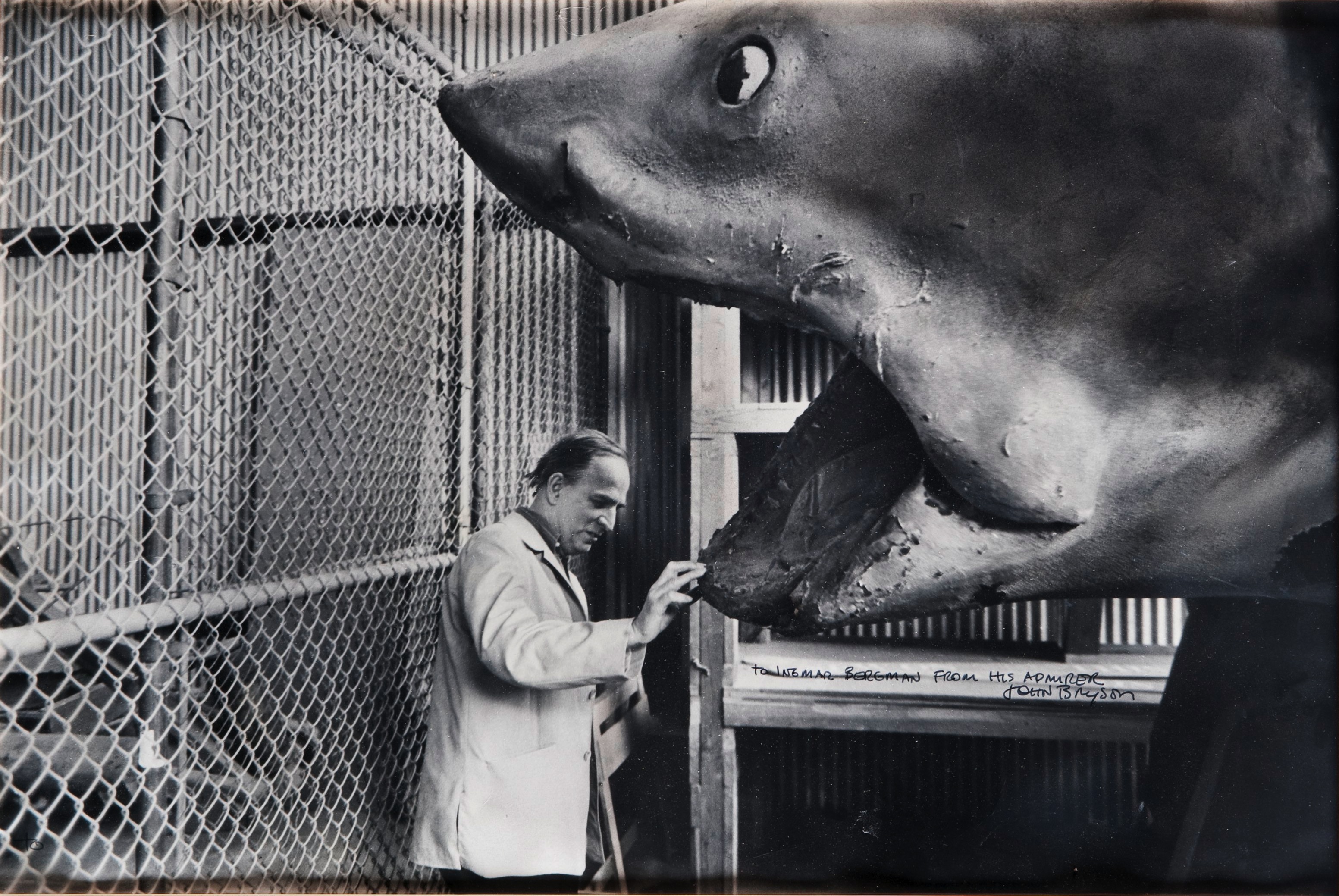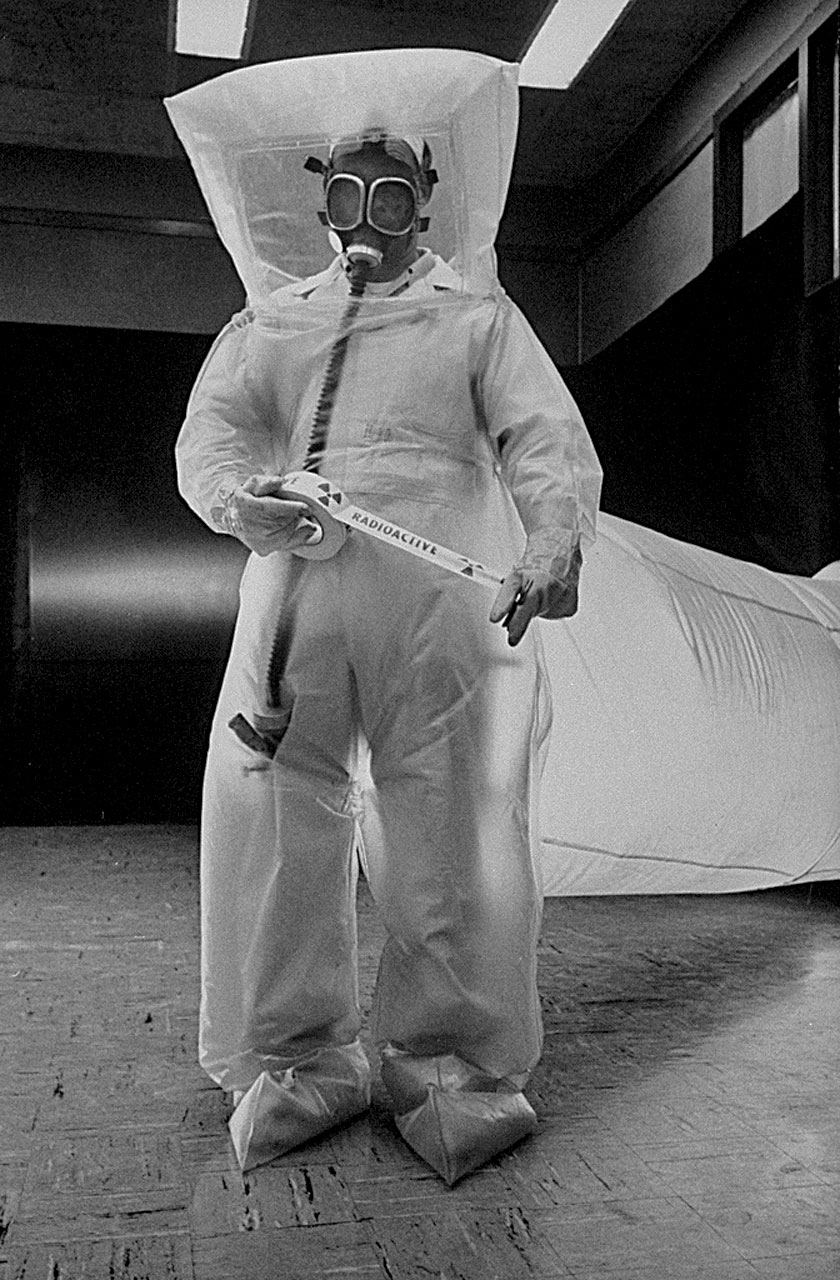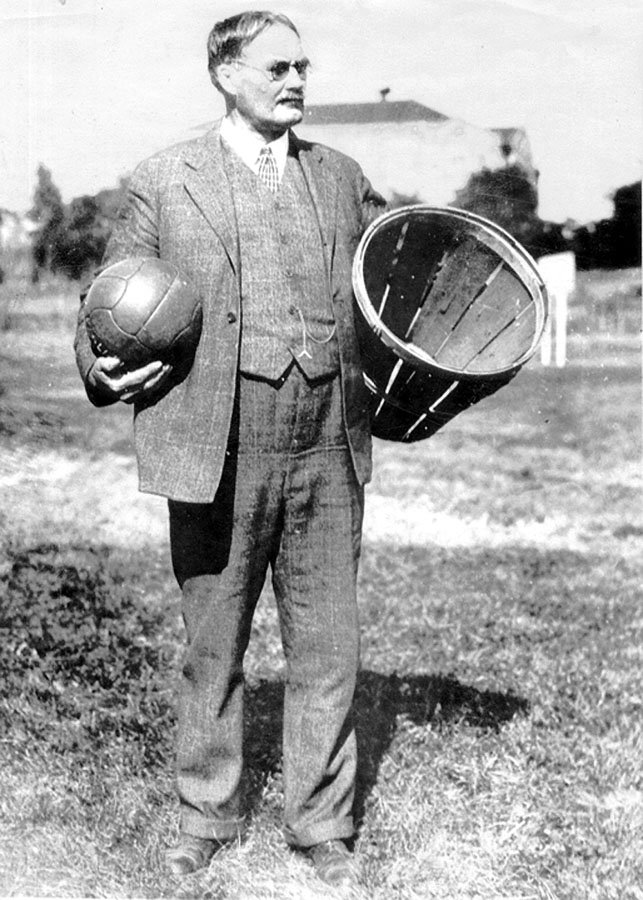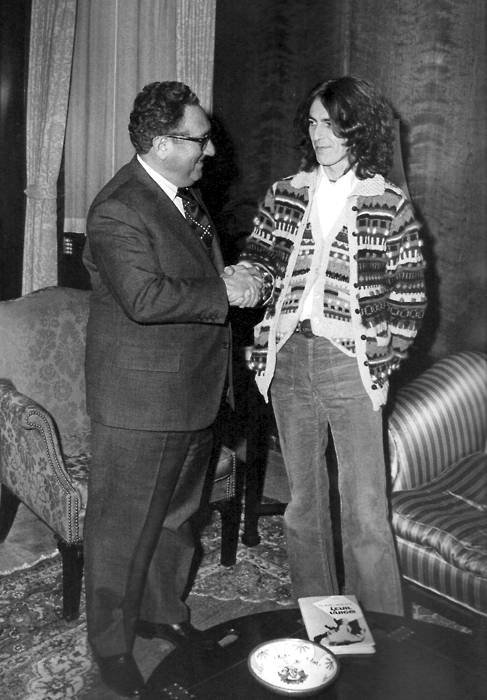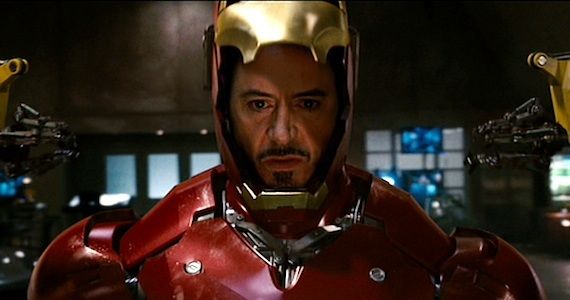I get along famously with New York security guards, and at some point pretty much all one of them tell me about the stint they did in prison. They know the industry from inside out, so to speak. Robots, conversely, have a clean record, and while they won’t devastate every industry in the near term, security is a natural fit for their functions. From Rachel Metz at Technology Review:
“As the sun set on a warm November afternoon, a quartet of five-foot-tall, 300-pound shiny white robots patrolled in front of Building 1 on Microsoft’s Silicon Valley campus. Looking like a crew of slick Daleks imbued with the grace of Fred Astaire, they whirred quietly across the concrete in different directions, stopping and turning in place so as to avoid running into trash cans, walls, and other obstacles.
The robots managed to appear both cute and intimidating. This friendly-but-not-too-friendly presence is meant to serve them well in jobs like monitoring corporate and college campuses, shopping malls, and schools.
Knightscope, a startup based in Mountain View, California, has been busy designing, building, and testing the robot, known as the K5, since 2013. Seven have been built so far, and the company plans to deploy four before the end of the year at an as-yet-unnamed technology company in the area. The robots are designed to detect anomalous behavior, such as someone walking through a building at night, and report back to a remote security center.
‘This takes away the monotonous and sometimes dangerous work, and leaves the strategic work to law enforcement or private security, depending on the application,’ Knightscope cofounder and vice president of sales and marketing Stacy Stephens said as a K5 glided nearby.”



